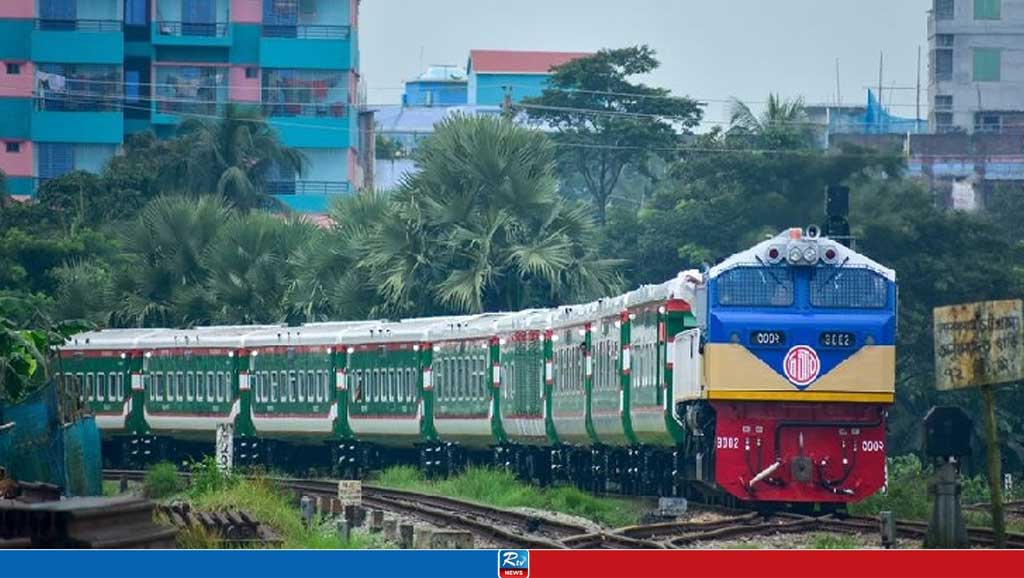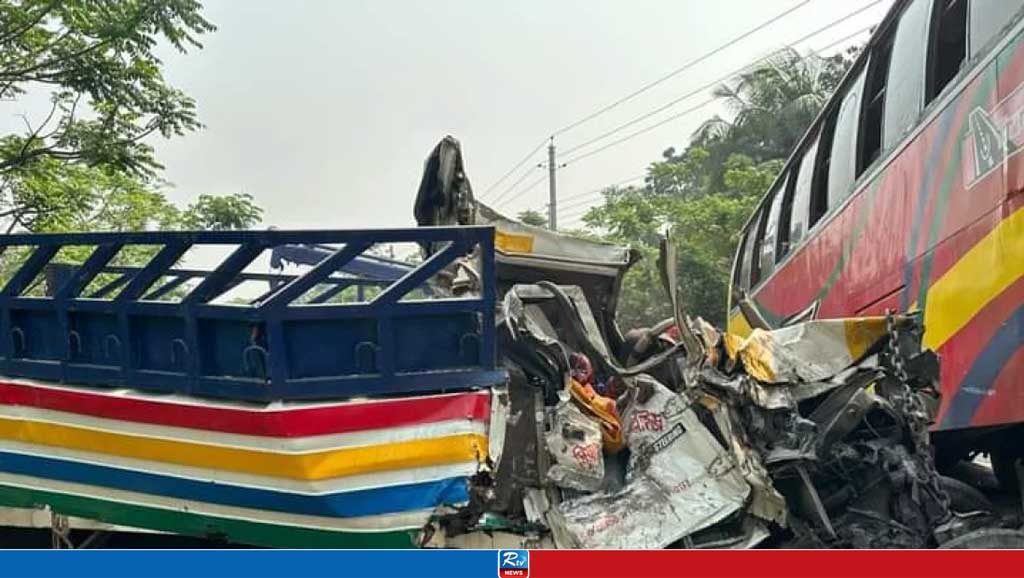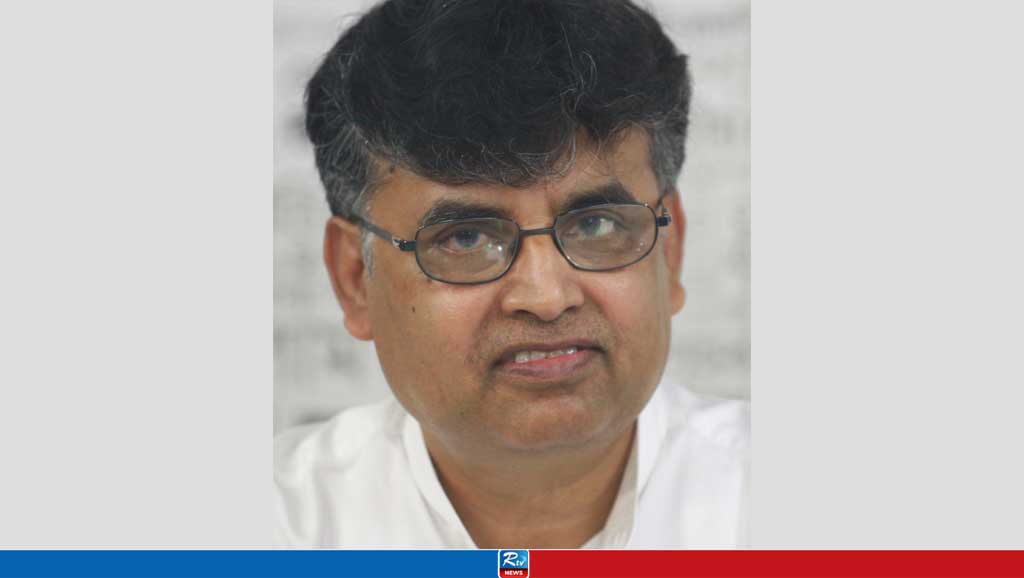Railways first, roads next
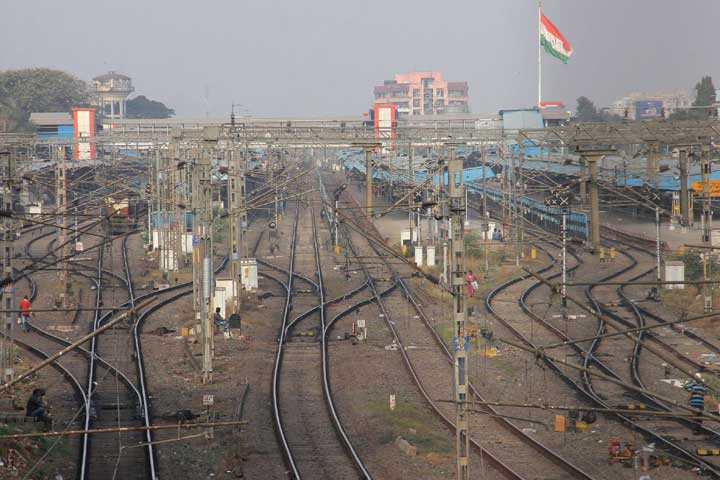
For the common man, India’s economic growth is reflected principally in the unveiling of world-class highways and expressways being set in place by the successive governments since the AB Vajpayee term.
This is not to ignore the other pointers like the railways where, however, progress of a minor scale is being witnessed; or in the case of new ports under the Sagar Mala project that are aimed at improving the networks for the logistics sector. Scores of new airports are coming up too.
The inauguration of the first section of the Delhi-Mumbai
Expressway – the Delhi-Dausa-Lalsot segment — by Prime Minister Narendra Modi in Rajasthan on Sunday is a praise-worthy push for national growth. Once completed, this would substantially reduce the road travel/load movement time between the national capital and the nation’s principal commercial city. This would provide “a major boost” to the region’s economic development – encompassing mainly Rajasthan, Gujarat and Maharashtra.
Appreciably, several world-class expressway projects are currently being implemented across the country to boost connectivity and act as an engine of growth and development. The forward momentum to the nation’s growth is “experienced” by people across regions. However, what must not go unnoticed is the continuing plight of the railways sector.
The overall growth of this vital sector during the two Modi terms is less than impressive; so was the case during the two UPA terms. At that time, Mamata Banerjee stonewalled attempts at raising passenger fares, which resulted in a serious handicap to the railways in raising resources for modernization.
There existed no such constraint for the Modi government in making a harder push for railway sector growth and modernization – meaning changing the old tracks system and introducing trains that could travel at high speed.
But, in the past nine years, even the much-trumpeted Bullet Train project promising a speed of 300 kmph failed to materialize. The locally produced Vande Bharat trains with a promised speed of 160 kmph are only an improvement over the antiquated systems that the railways have maintained for many years. This, overall, is small comfort.
A fact that should be borne in mind is that the railways offer the most-cost-effective mode of transport both for passengers and freight. India spends through its nose for oil imports. The government is doing a dis-service to the nation by zealously promoting the roads sector at the cost of the railways.
True, road projects create jobs for large numbers of people and reach a substantial part of the money thus spent into the hands of the poor. So would railway track development too. It’s time to concentrate more on the Railways.
Source:The Shilong Times
Comments
Jacob Zuma barred from running in election
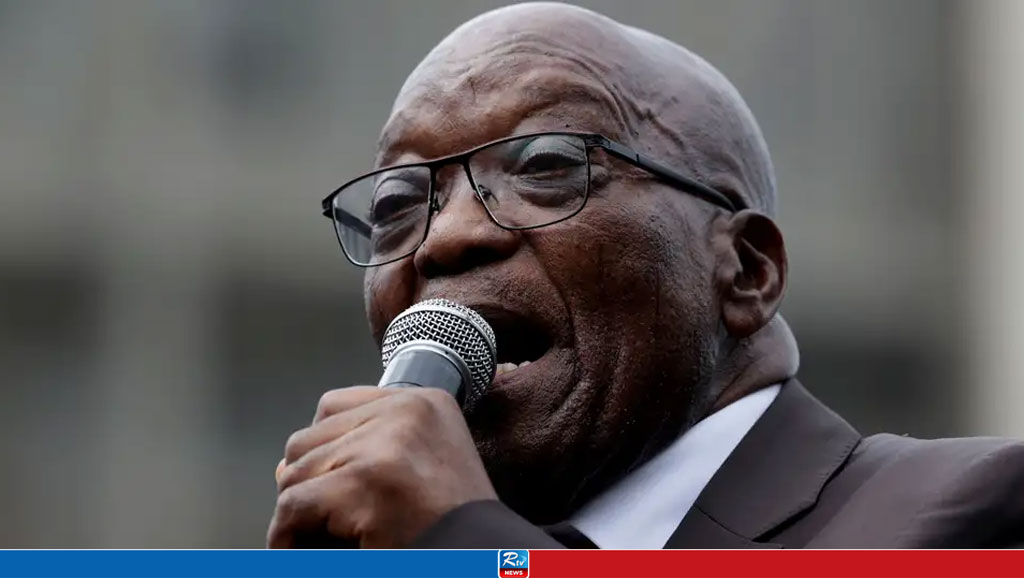
45 dead in South Africa bus crash, 8-year-old girl only survivor
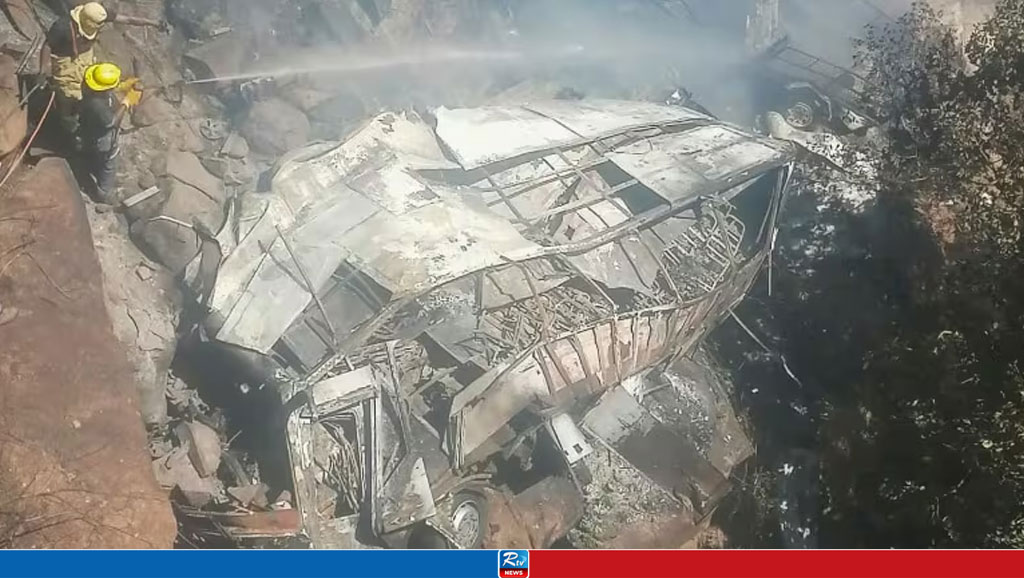
World's most expensive cow sold for $4.3 million in Brazil

Turkey: Polls close in Erdogan's 'last election'

Italy is overtaking Germany as Europe's economic powerhouse
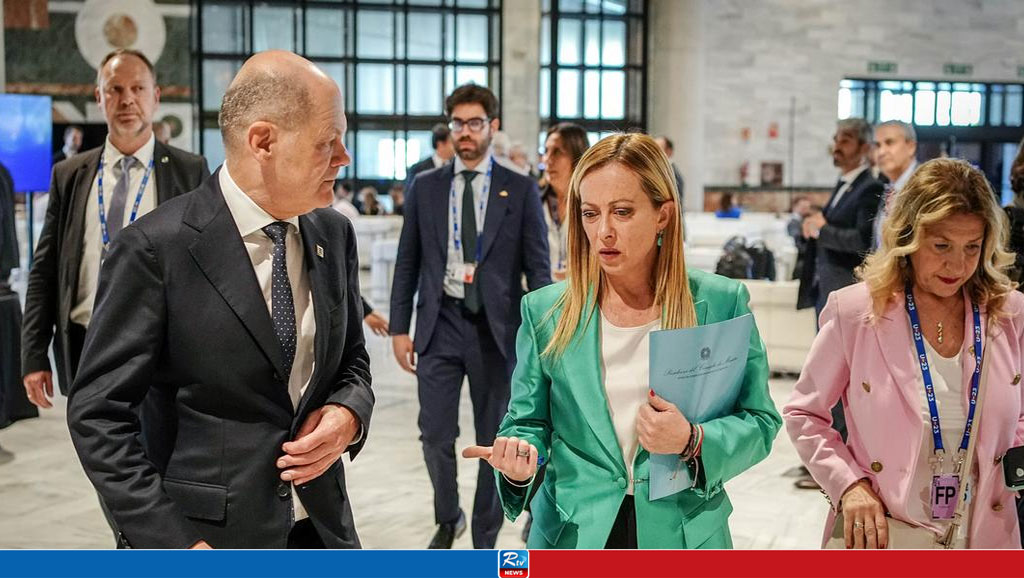
Lawmakers urge Biden to call out more Chinese biotech firms
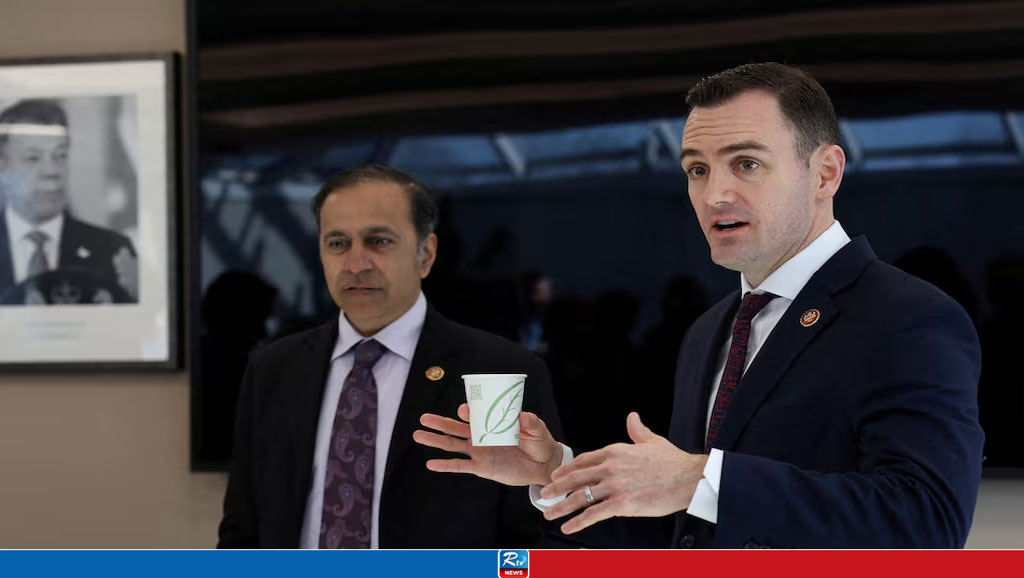
Gaza death toll crosses 33,000


 Live Tv
Live Tv


